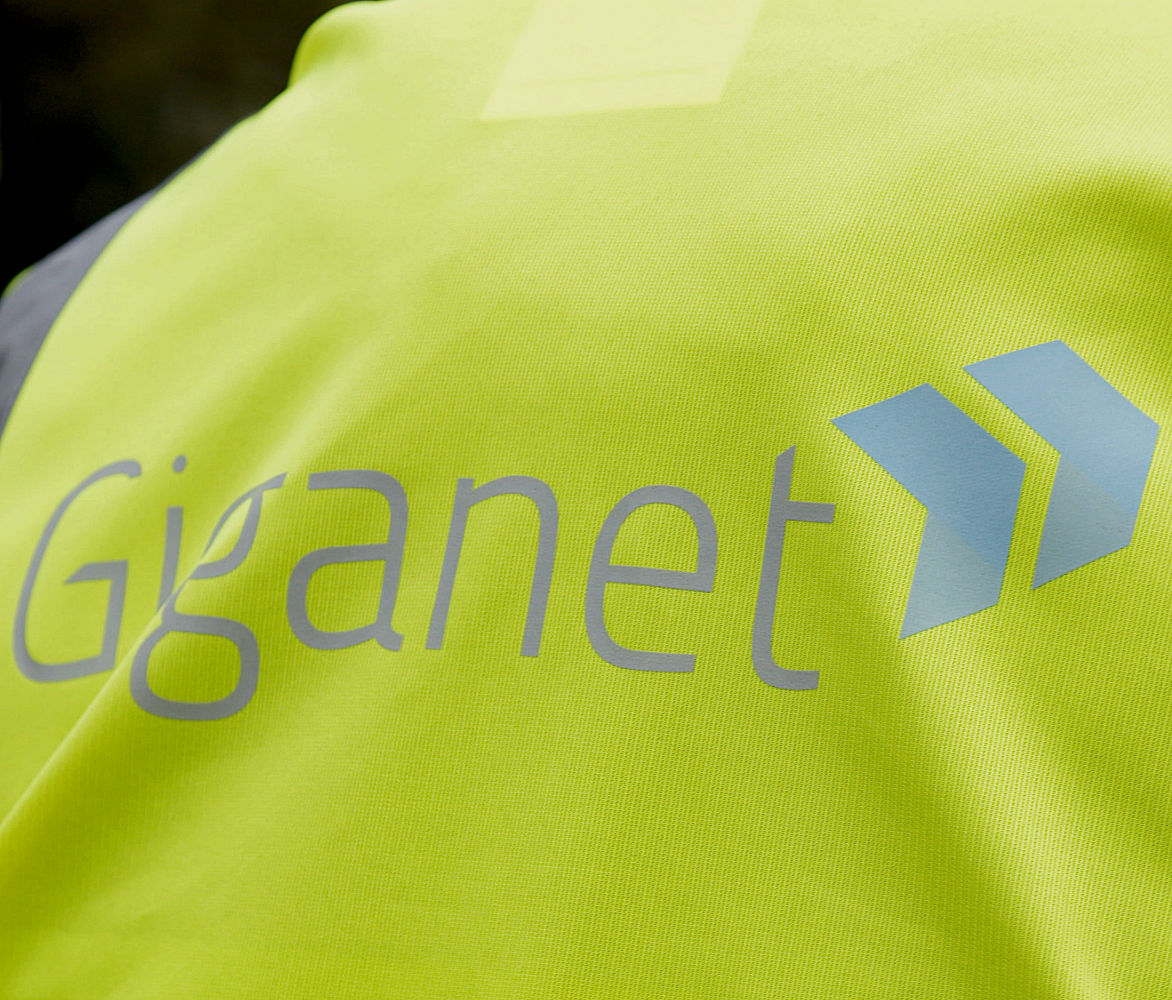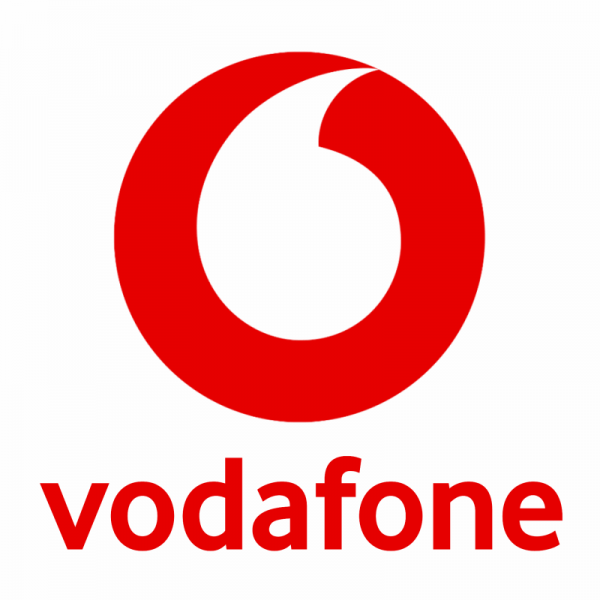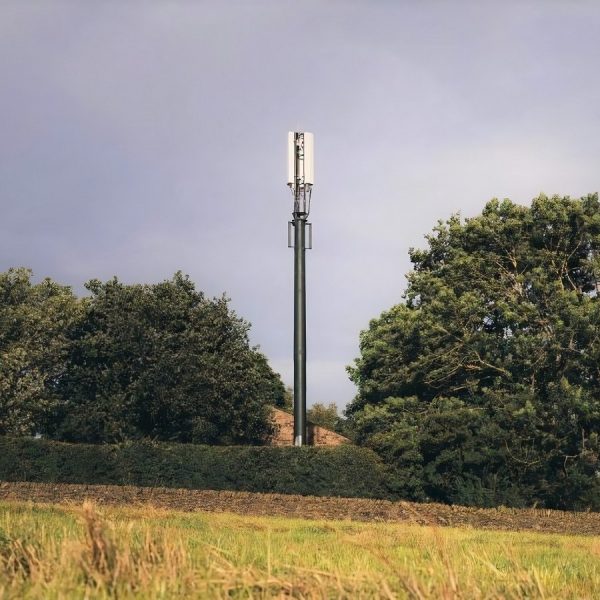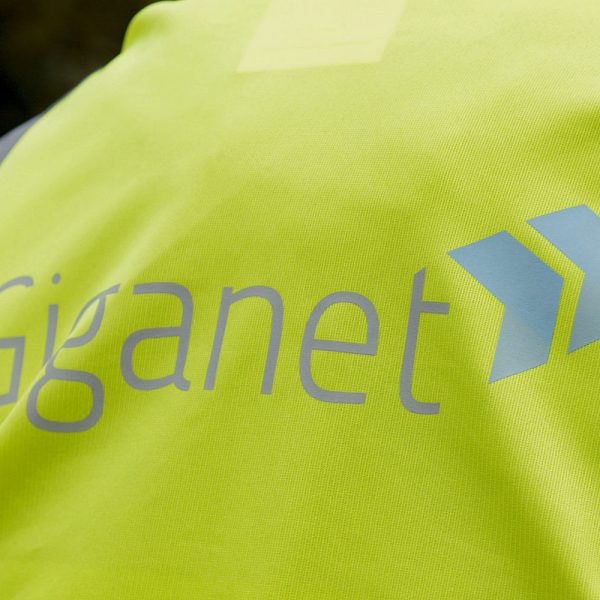UPD3 Latency Woe as BT Deploy Physical Retransmission on FTTC Broadband
Earlier this year BTOpenreach confirmed (here) that they were deploying Physical Retransmission ReTX (G.INP – ITU G.998.4) technology to improve the performance of their ‘up to’ 40-80Mbps capable Fibre-to-the-Cabinet (FTTC) lines. But at least one ISP has noticed that this is also increasing latency times by around 15ms (miliseconds) and in other cases a loss of speed is observed on some lines.
The G.INP technology is essentially an error correction solution that can help to tackle spikes / bursts of Electromagnetic Interference (impulse noise), which makes some problematic lines more stable and less prone to errors (Sky Broadband already uses G.INP on their LLU network).
An Openreach Spokeswoman told ISPreview.co.uk (Jan 2015):
“Openreach is in the early stages of introducing G.INP correction, also known as Retransmission, for FTTC lines that we think can benefit from it. Retransmission supports our Dynamic Line Management process and will benefit customers by providing a slight improvement in speed on FTTC lines where it has been used. It will also improve the volume of FTTC lines running error free.
FTTC lines will automatically accept Retransmission policies. Those currently with non-Retransmission compliant modem firmware will be identified by management systems and updated, after which Retransmission will become available.
An upgrade process has started which is expected to take several months to complete.”
In keeping with this the ISP Andrews & Arnold (AAISP) has noticed a number of FTTC lines drop and reconnect with G.INP enabled and an accompanying “increase in latency of around 15ms“. Latency is a crucial measure of the time (delay in milliseconds [1000ms = 1 second]) that it takes for a single packet of data to travel from your computer to a remote server and then back again (ping).
In the grander scheme of things 15ms might not sound like much, although it is especially important for fans of fast paced online multiplayer games that like to keep their latency / ping times as low as possible (experiences vary between games, but above 60ms and you can start to notice its impact through synchronisation delays etc.).
A rise of 15ms above the line’s existing latency time might also give some FTTC services a similar or worse latency performance than older ADSL2+ solutions (Ofcom’s comparison).
AAISPs Service Status Update
“We’ve been in contact with BT and it does look like BT are rolling out a new profile on to their Huawei DSLAMs in the local green cabinets. It has been expected that BT would be rolling out this new profile, but we didn’t expect such an increase in latency.
The profile adds ‘Physical Retransmission (ReTX) technology (G.INP / ITU G.998.4)’ which helps with spikes of electromagnetic interference and can make lines more stable.
We would hope to have control over the enabling and disabling of this profile, but we don’t. Line profiles with FTTC is managed by BT Openreach and are tricky for us and even BT Wholesale to get adjusted.”
The issue is unexpected since one of the advantages of G.INP is that it should be able to perform its magic without impacting latency, at least that’s what we’ve always been told by firms like Alcatel-Lucent and telecoms operators. AAISP has posted an illustration of the problem (here) and we’ve ask Openreach to clarify.
UPDATE 1:06pm
We still haven’t heard back from Openreach, although feedback from some of our readers appears to be shedding a little extra light on the situation. In short, the latency increase seems to occur when customers have G.INP assigned and yet own a router/modem that doesn’t support G.INP (there will be quite a few of these about).
Some people have been able to solve the problem by upgrading the firmware of their kit, although it is a fact that not all VDSL2 routers support G.INP. Some aspect of this situation appears to then make the line interleaved (or appear to be interleaved), although to the ISP it may look as if no interleaving has been enabled.
The upside is that many of these problems can be fixed with a firmware update and those who own G.INP supporting kit should be fine, we think.
UPDATE 27th March 2015
Sadly we are still awaiting a response from Openreach and have this morning attempted to prod some of their other agents. On a separate note we believe that this issue is probably only connected to Huawei street cabinets (DSLAMS) because we don’t know of any ECIs that have been upgrade with G.INP yet (this will begin around late April 2015).
Meanwhile more ISPs have contacted us to confirm that they’re also seeing the issue, which of course isn’t surprising since most share the same Openreach infrastructure.
UPDATE 27th March @ 11:11am
The reaction from BT is in, although it doesn’t tell us much.
An Openreach Spokesperson told ISPreview.co.uk:
“Openreach is rolling out Retransmission technology because it improves speeds on the vast majority of lines – and we consulted with our CP customers before implementing these changes. However, latency may go up for a small minority of people, so we are working with these customers to help resolve the issue.”
UPDATE 8th April 2015
Some consumers with Openreach VDSL ECI modems are also unable to connect to the Internet, although this can be resolved by asking your ISP to action a DLM reset on the line. After doing that the modem should update its firmware automatically and you’ll be able to reconnect.
Take note that the other issues with loss of speed and latency are also known to afflict the BT Homehub 5 (Type A – v4.7.5.1.83.8.204) and TP Link TD W-9980.
Mark is a professional technology writer, IT consultant and computer engineer from Dorset (England), he also founded ISPreview in 1999 and enjoys analysing the latest telecoms and broadband developments. Find me on X (Twitter), Mastodon, Facebook and Linkedin.
« Sky, TalkTalk and CityFibre to Expand 1Gbps FTTP Broadband Rollout in York
Latest UK ISP News
- FTTP (5515)
- BT (3514)
- Politics (2537)
- Openreach (2297)
- Business (2262)
- Building Digital UK (2244)
- FTTC (2043)
- Mobile Broadband (1973)
- Statistics (1788)
- 4G (1664)
- Virgin Media (1619)
- Ofcom Regulation (1461)
- Fibre Optic (1395)
- Wireless Internet (1389)
- FTTH (1381)
























































Comments are closed